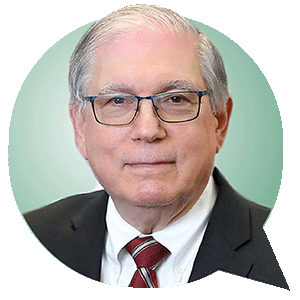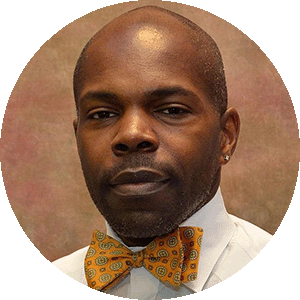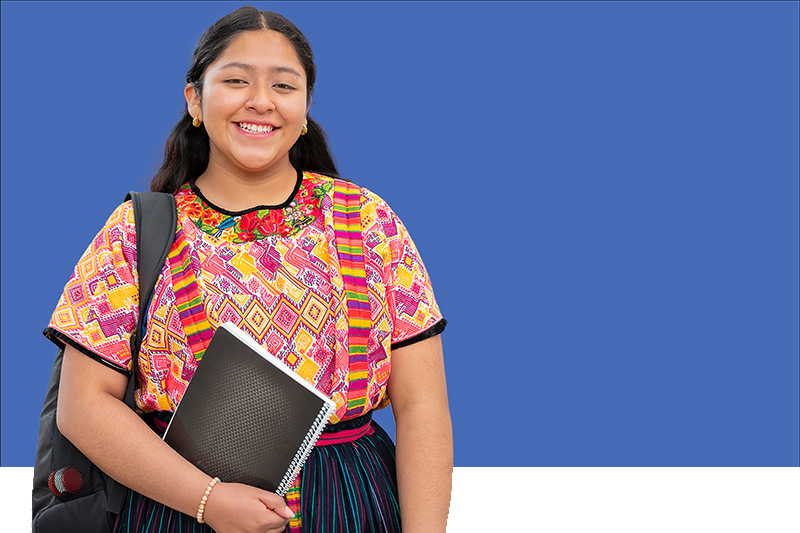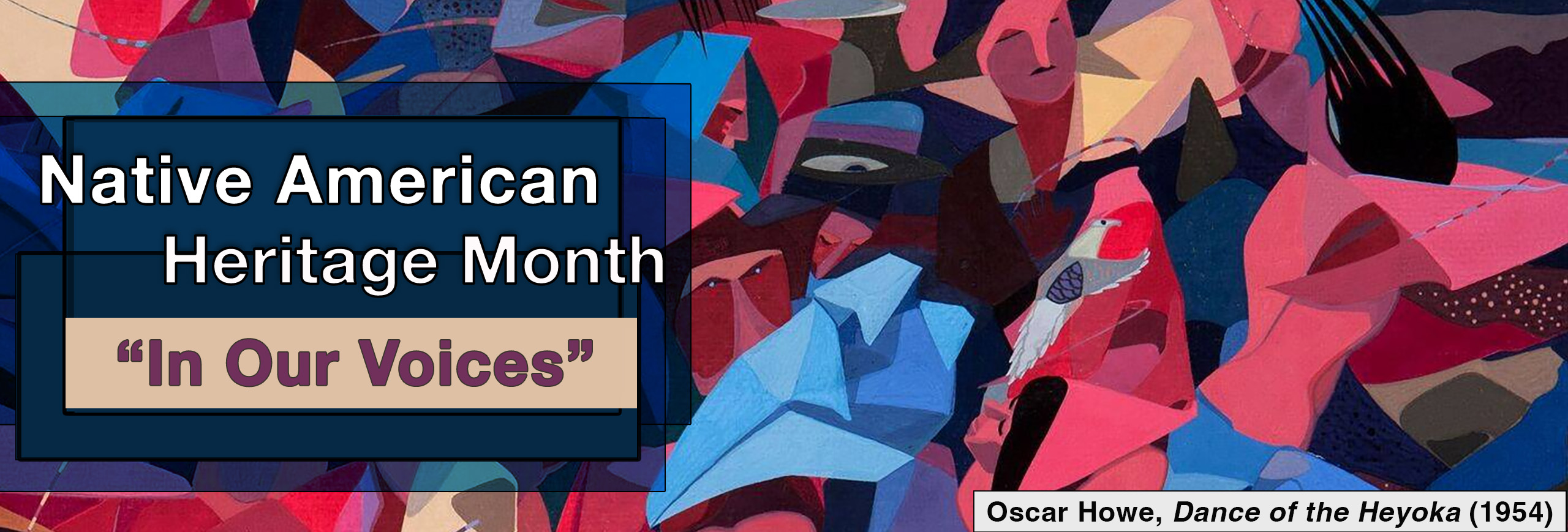
The National Institutes of Health celebrates November as Native American Heritage Month as we remain deeply committed to the principles of equity, diversity, inclusion, and accessibility in our research and workplace. During this month we pay tribute to the many contributions made by Native Americans. Our hope in the Office of Equity, Diversity and Inclusion (EDI) is to continue to acknowledge the contributions of Native Americans and work to help eliminate discrimination throughout the year.
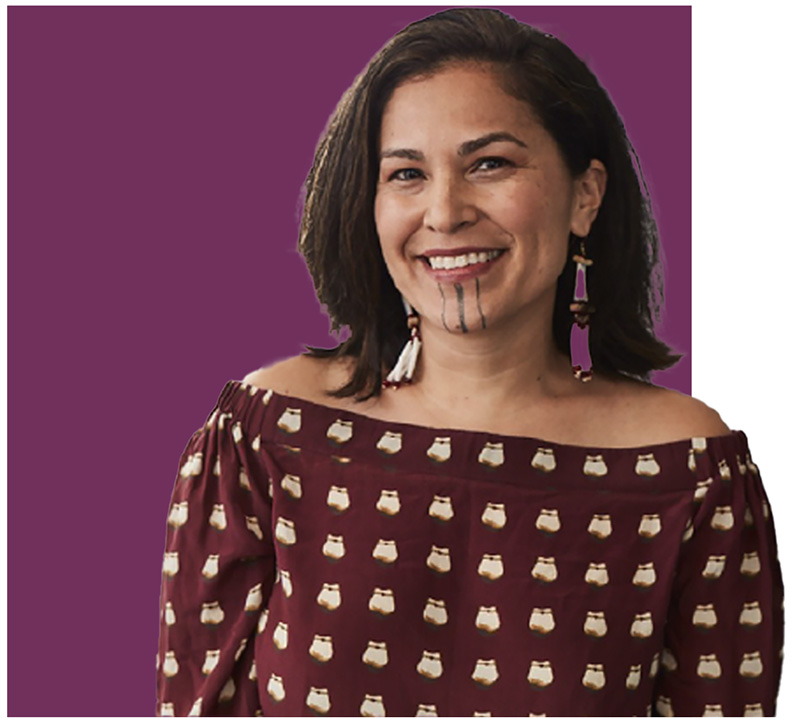
...we are still here, and we have so much to say about how we live.
- Princess Daazhraii Johnson, GW Magazine

In Our Voices: Native Pride
In Our Voices: What to Expect
In Our Voices: Who Are We
In Our Voices: Why NIH
Events

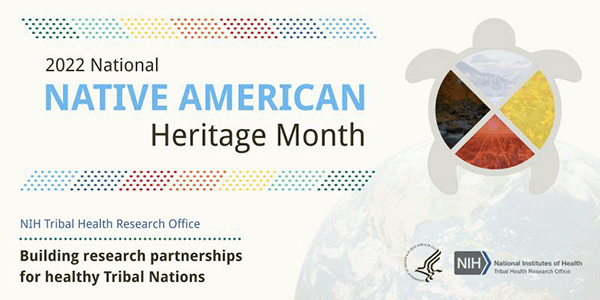
Native American Heritage Month Guest Lecture
Wednesday, November 16, 2022 | 3:00 - 4:30 pm EDT
The NIH Tribal Health Research Office (THRO) will host a guest lecture for Native American Heritage Month.
Author: Dr. Pamela Miller and Ms. Vi Waghiyi
If we can tell our stories, if people can see our work and see us, then it's a natural process. It's a natural journey for people to feel commonality with people.
- Diane Fraher, founder of the American Indian Artists Inc.


Oscar Howe (1915 –1983) is a Yanktonai Native American artist from South Dakota, who defiantly protested the limitations placed on Native American art. Howe’s modernist painting style is defined by the dynamic lines, vibrant colors, and motion that captured his Dakota heritage and tumultuous childhood. According to Howe’s biography, his 1958 piece, Umini Wacipi (War and Peace Dance) was rejected by the Philbrook Art Center for not being a “traditional Indian painting.” He wrote, “Are we to be held back forever with one phase of Indian painting, that is the most common way? We are to be herded like a bunch of sheep, with no right for individualism, dictated as the Indian has always been, put on reservations and treated like a child...”
In hopes of honoring Howe’s legacy of breaking boundaries and limitations, the 2022 Native American Heritage Month Hero image showcases his revolutionary work, Dance of the Heyoka. The theme, “In Our Voices” disputes harmful monolithic stereotypes and seeks to recognize the rich intersectionality and diversity of traditions, languages, artistic styles, and beliefs that exist within the Native American community.


